Discovering the rare and unusual antelope species of the world is a journey into the unique diversity of wildlife. These antelopes are not just rare but possess unique characteristics that set them apart. From their origins to their distinctive features, these antelopes captivate and intrigue. Each one tells a story of adaptation and survival in various ecosystems.
Giant Squid
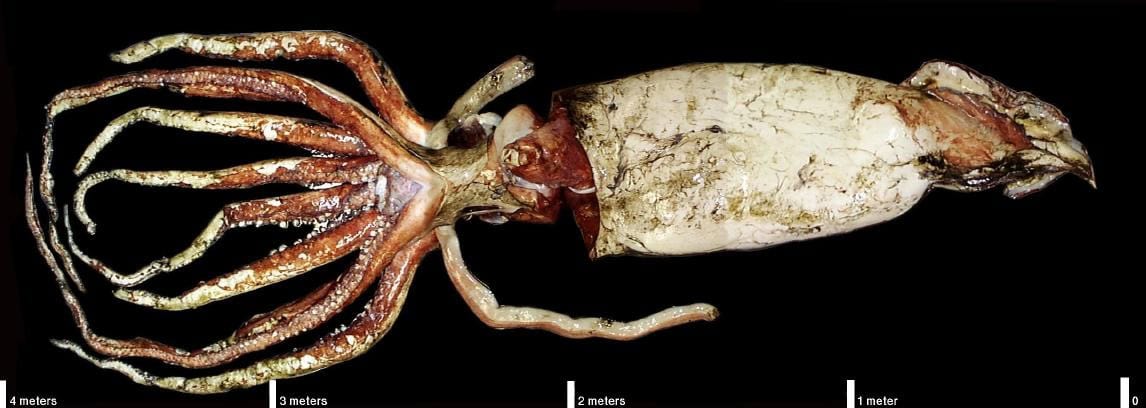
Giant Squids are one of the largest mollusks in the ocean. They can reach up to 43 feet in length. Found in deep oceans worldwide, they remain elusive to researchers. These squids have large eyes, about the size of dinner plates, to help them see in the dark depths. A unique feature of the Giant Squid is its long tentacles. They are used to catch prey like fish and other squids. The tentacles have powerful suckers lined with sharp teeth. This makes the Giant Squid an effective predator in the ocean’s abyss.
Anglerfish
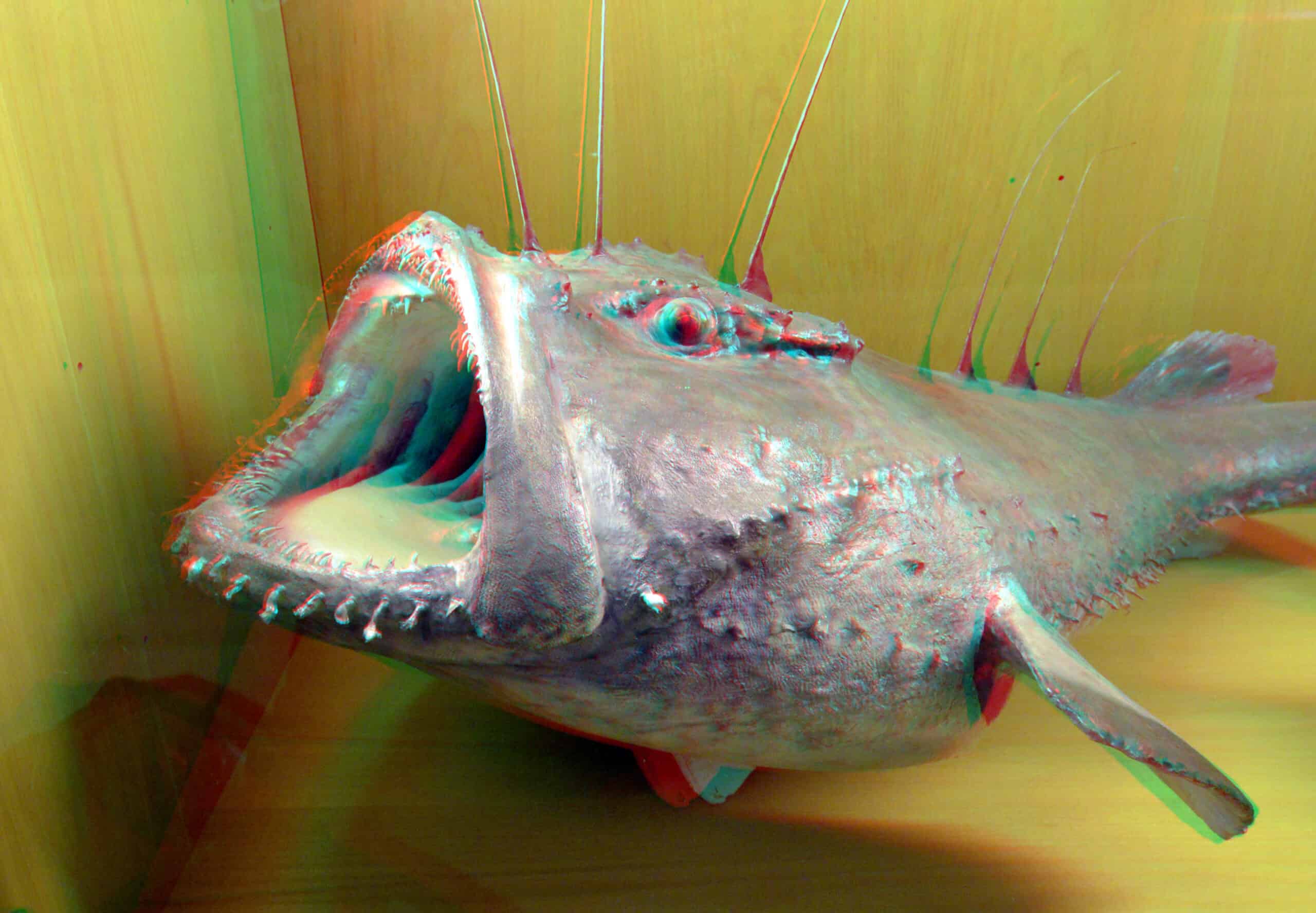
Anglerfish are known for their unusual appearance. They have a bioluminescent lure on their heads. This lure attracts prey in the dark ocean depths. Most species live in the Atlantic and Antarctic oceans, some as deep as 3,000 feet. The female anglerfish can grow up to 3.3 feet, while the males are much smaller. They often fuse to the female for survival. The anglerfish’s sharp teeth and expandable stomach allow it to consume prey twice its size.
Goblin Shark
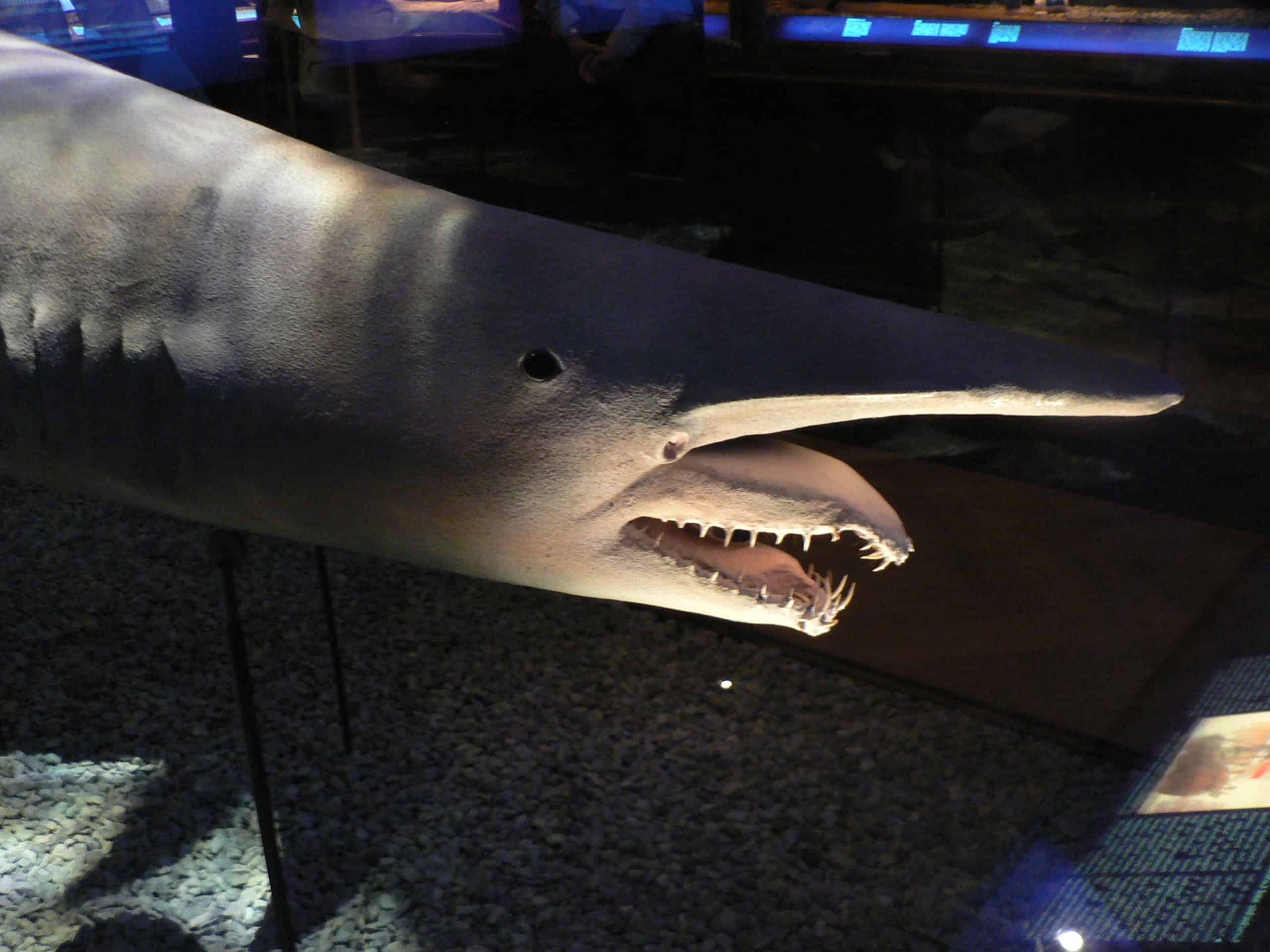
Goblin Sharks are a rare and ancient species. They inhabit the deep sea, usually at depths of over 330 feet. Known for their distinctive elongated snouts, these sharks have a pinkish-gray color. This coloration helps them blend into their dark environment. Their unique snouts are covered in sensory organs. These organs help detect electric fields produced by prey. Goblin Sharks have protruding jaws that can extend to catch prey. This feature is rarely seen in other shark species.
Vampire Squid
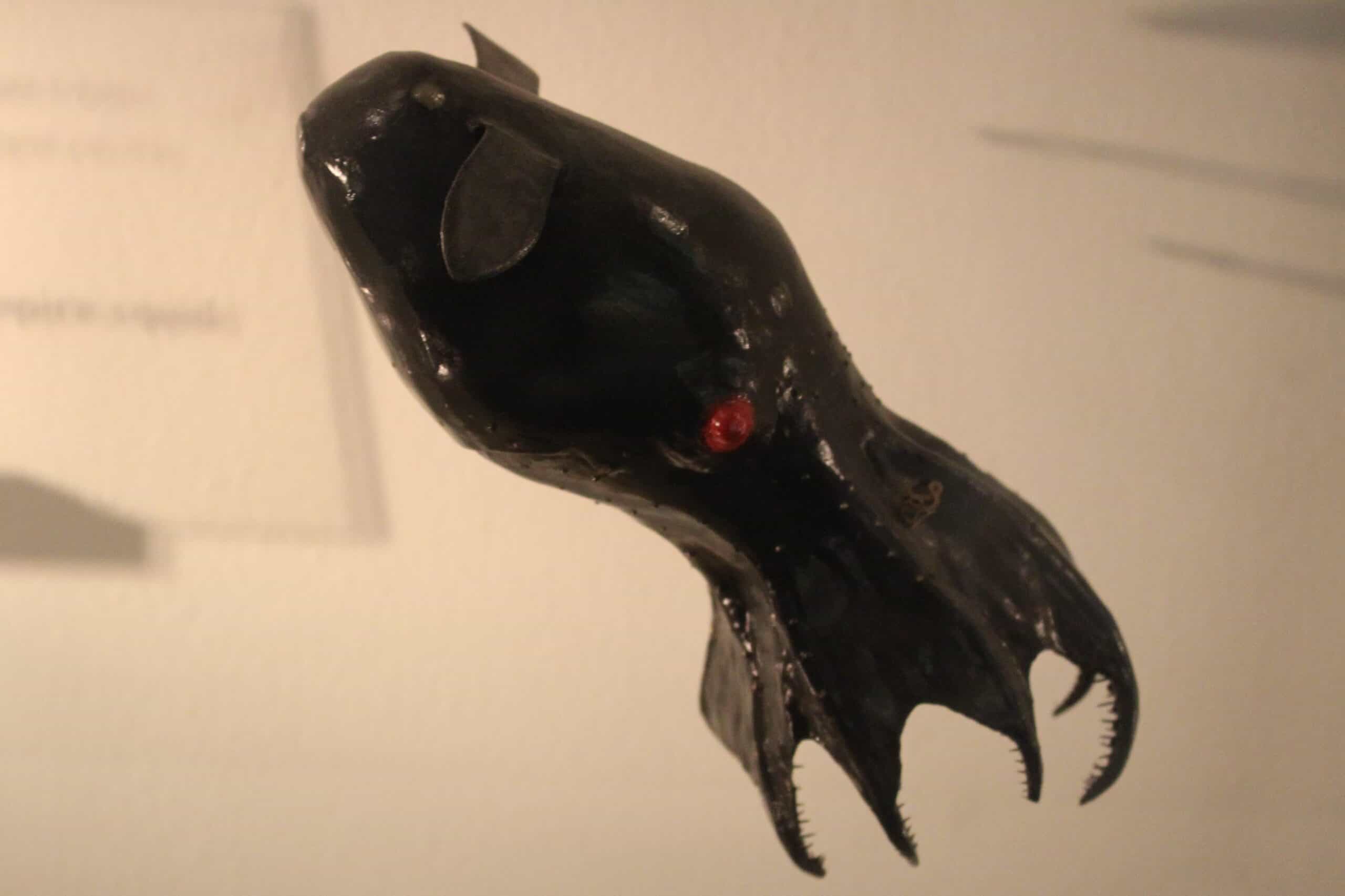
The Vampire Squid is an intriguing deep-sea creature. It inhabits oxygen-minimum zones in the ocean, between 2,000 and 3,000 feet deep. Despite its name, it doesn’t suck blood. Instead, it feeds on marine snow, which is a mix of dead plankton, algae, and fecal matter. This squid has a unique appearance with webbing between its arms. Its eyes are the largest relative to body size of any animal. The Vampire Squid can turn itself inside out to avoid predators. It also produces a bioluminescent mucus to confuse attackers.
Dumbo Octopus
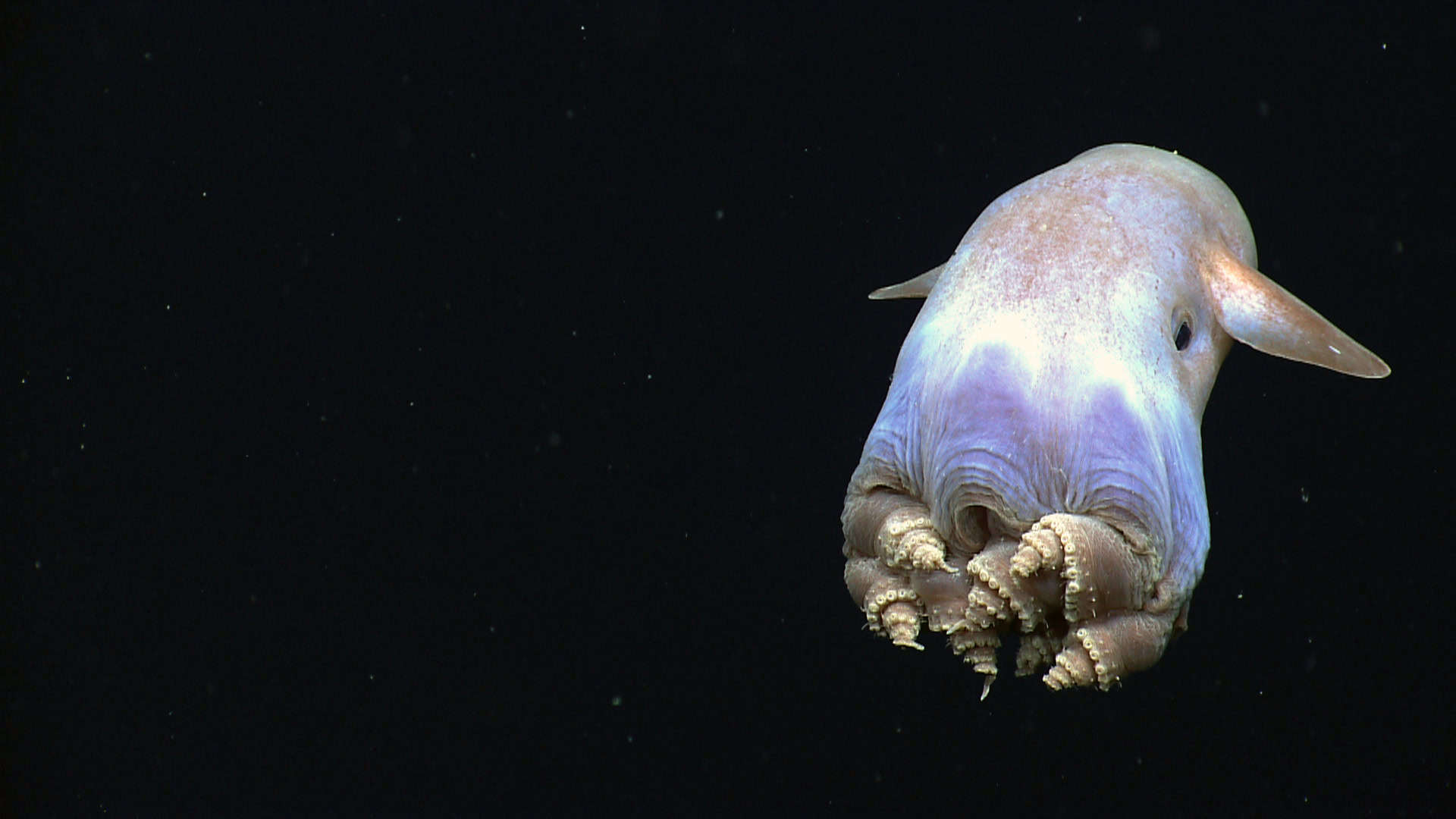
Dumbo Octopuses are named after their ear-like fins. These fins resemble the Disney character Dumbo’s ears. They live at extreme ocean depths, ranging from 13,000 to 23,000 feet. This makes them the deepest living of all octopus species. They are small, usually around 8 inches long. Their unique fins help them glide through the water. Dumbo Octopuses are also known for their gelatinous bodies. This adaptation helps them withstand high-pressure environments.
Deep-Sea Dragonfish
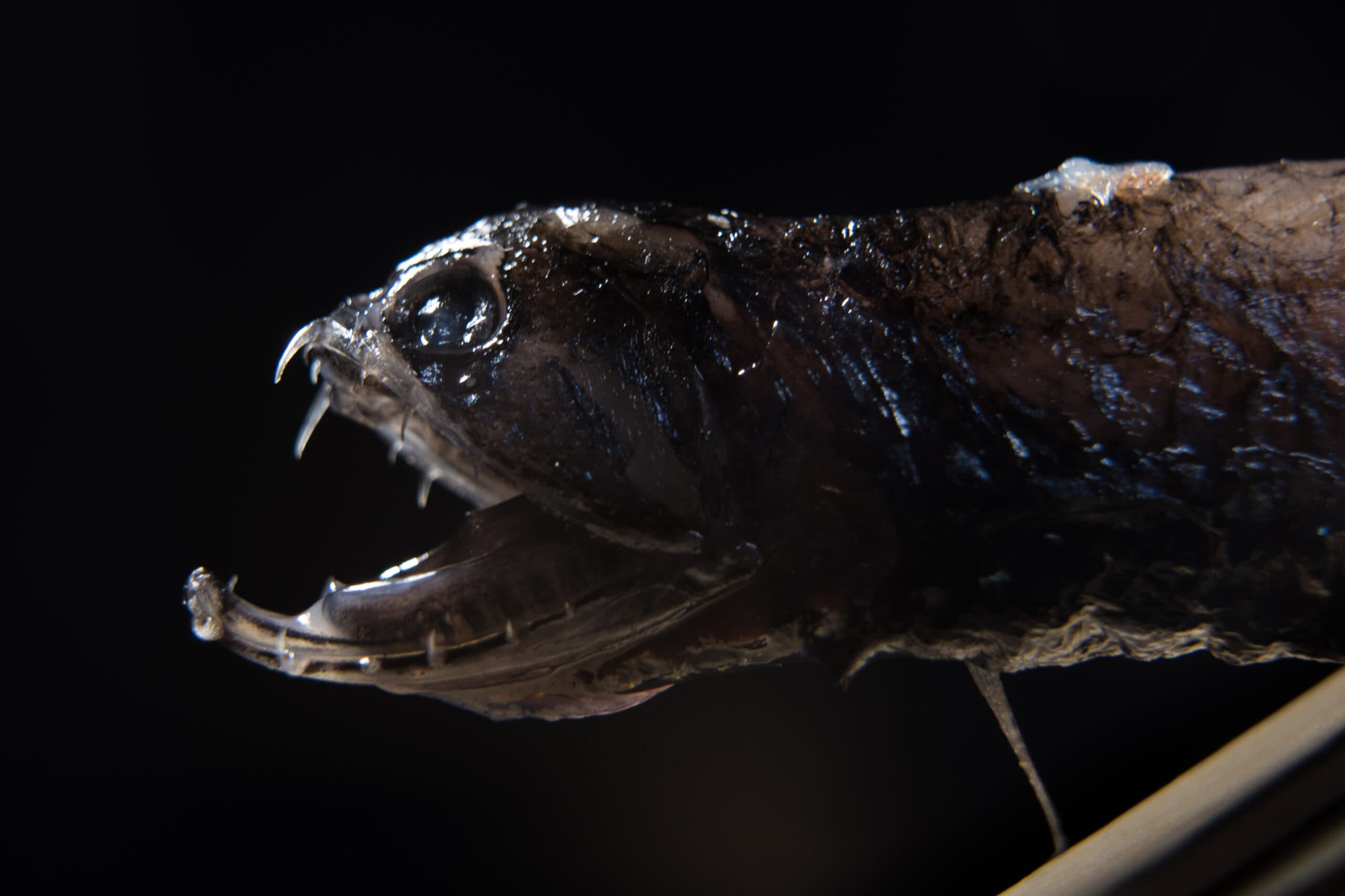
Deep-Sea Dragonfish are formidable predators. They inhabit depths of up to 5,000 feet. Known for their bioluminescent barbel, these fish attract prey in the dark ocean depths. Their bodies are usually black to blend into their environment. Their large mouths and sharp teeth allow them to eat prey almost as large as themselves. The Dragonfish also has a unique adaptation: it can produce red light. This light is invisible to most other deep-sea creatures. It helps the Dragonfish spot prey without being seen.
Frilled Shark
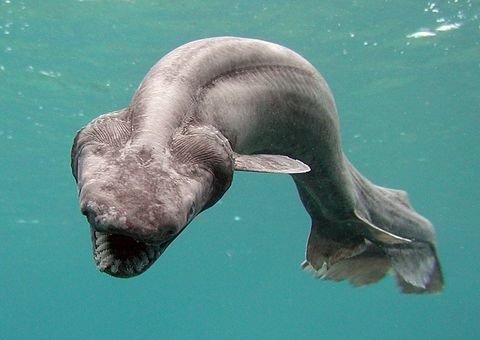
Frilled Sharks are considered living fossils. They have primitive features dating back millions of years. These sharks reside in deep ocean waters, often below 500 feet. Their eel-like bodies can grow up to 6.6 feet long. Their mouths are filled with rows of needle-like teeth. This helps them catch slippery prey like squid. The Frilled Shark’s unique appearance includes frilled gills, hence the name. These gills allow them to take in oxygen efficiently in deep water.
Barreleye Fish
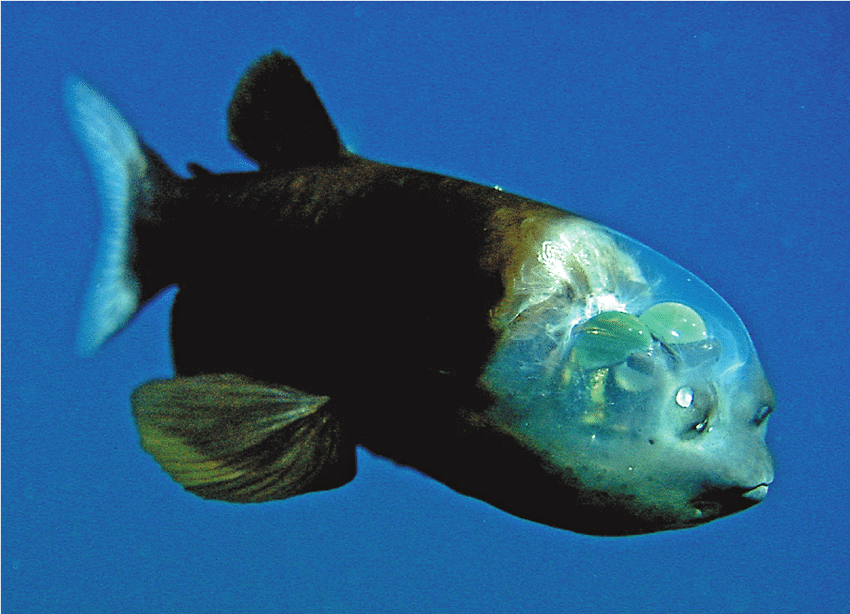
The Barreleye Fish lives in deep ocean waters, usually at depths of 2,000 to 2,600 feet. It is known for its transparent head, which allows it to see in all directions. These fish are found in the Atlantic, Pacific, and Indian Oceans. One of the unique features of the Barreleye Fish is its tubular eyes. These eyes can rotate to see both forward and upward. This adaptation helps the fish spot prey and predators in the dark ocean depths. Their diet mainly consists of small fish and jellyfish.
Fangtooth
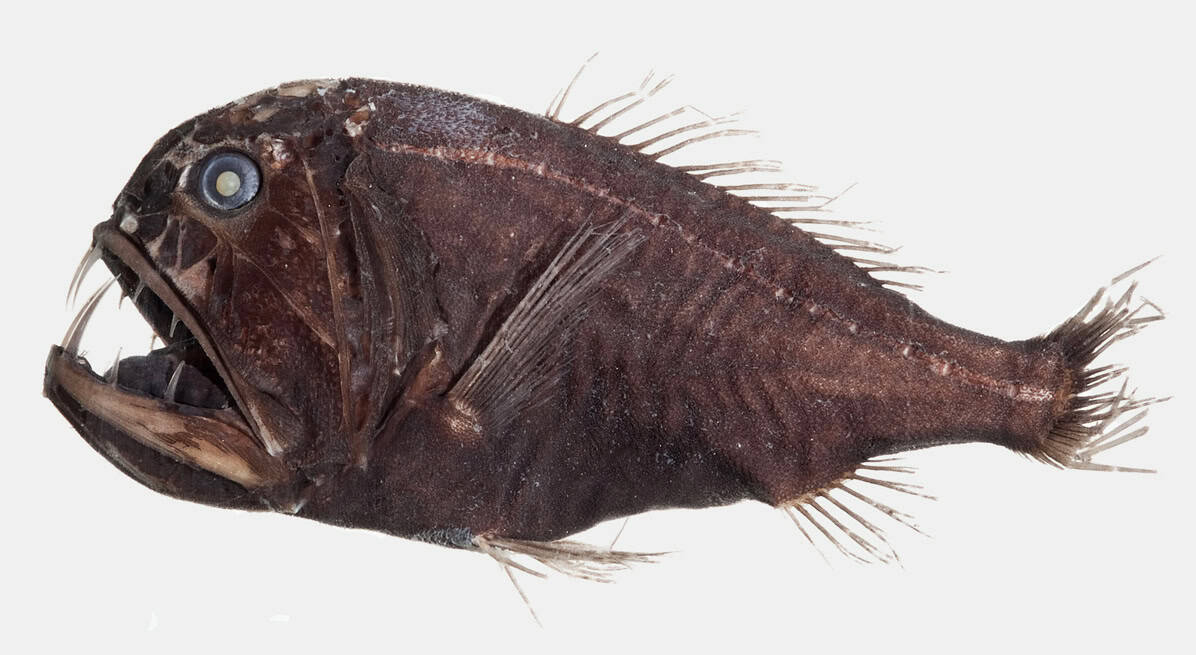
Fangtooths are deep-sea fish found in both tropical and temperate oceans. They typically inhabit depths ranging from 200 to 16,400 feet. Known for their disproportionately large teeth, they appear quite menacing. Despite their fearsome appearance, Fangtooths are relatively small, growing up to about 6 inches. Their large teeth help them catch prey in the dark ocean. Fangtooths have a unique adaptation that allows them to survive in extreme deep-sea conditions, including high pressure and low temperatures.
Gulper Eel
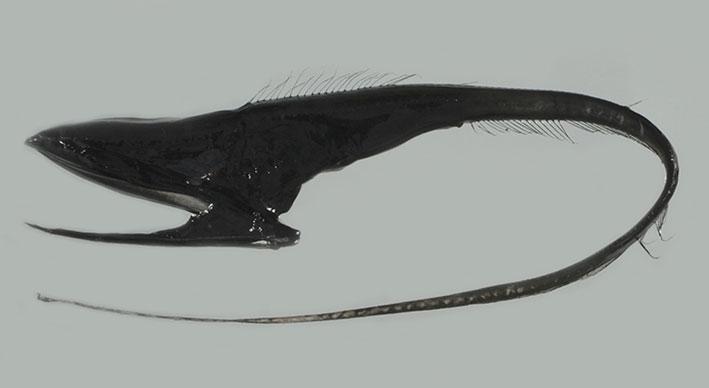
Gulper Eels, also known as Pelican Eels, reside in the deep sea, often at depths of up to 10,000 feet. They have long, slender bodies and enormous mouths, which can open wide to swallow prey much larger than themselves. Their jaws are loosely hinged, allowing them to consume a variety of prey. Gulper Eels have a bioluminescent tail that attracts prey in the dark ocean. This adaptation is vital for their survival in the deep sea, where food is scarce.
Sea Pig
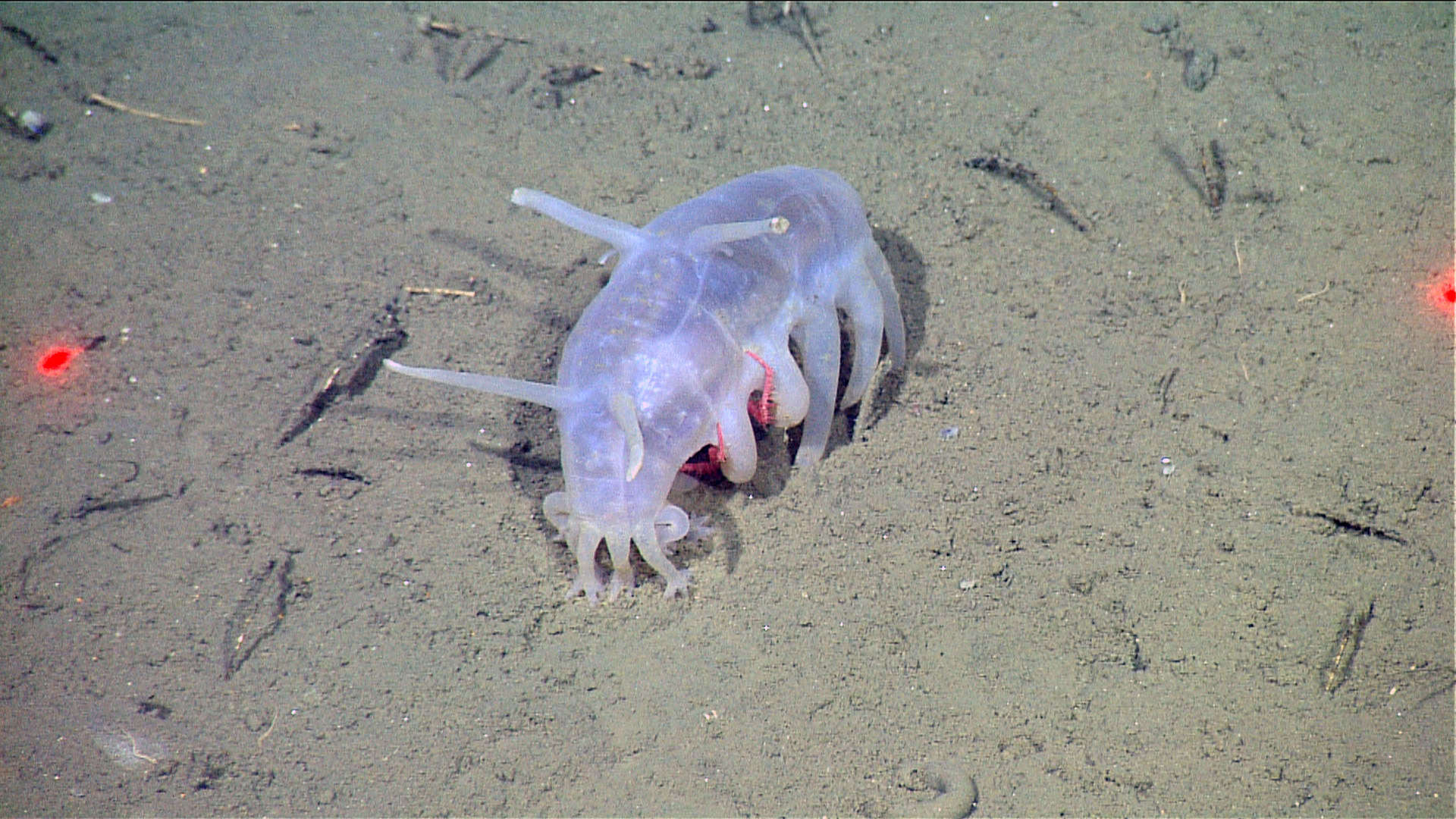
Sea Pigs are a type of sea cucumber found in the deep ocean. They inhabit depths ranging from 3,300 to 19,700 feet. These creatures are known for their plump, pinkish bodies and leg-like appendages. They crawl along the ocean floor, feeding on organic particles found in the sediment. Sea Pigs have a unique way of moving using water-filled tubes called podia. This adaptation allows them to navigate the deep-sea environment effectively.
Giant Isopod
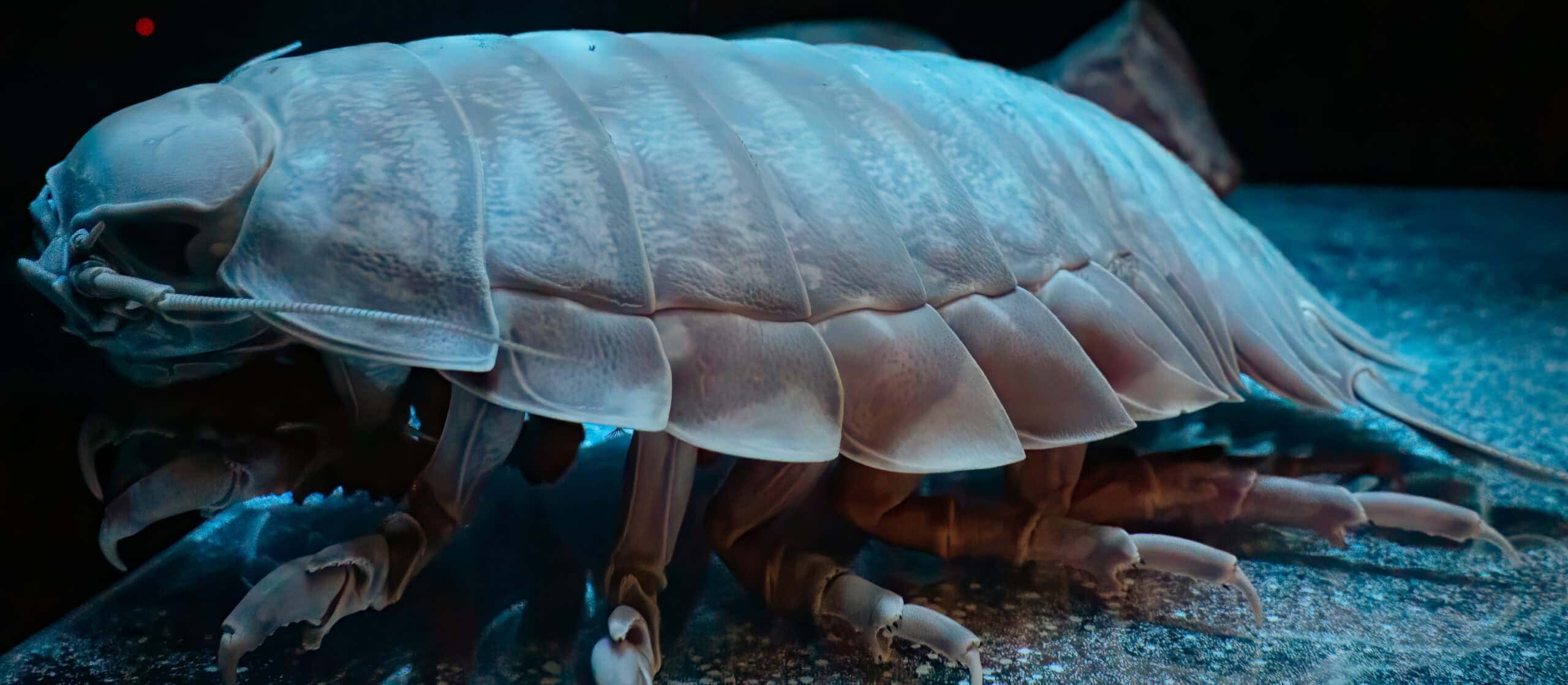
Giant Isopods are crustaceans that live in the deep sea, typically at depths of 550 to 7,020 feet. They resemble oversized pill bugs and can grow up to 20 inches long. These creatures are found in the cold waters of the Atlantic, Pacific, and Indian Oceans. Their bodies are adapted to withstand the high pressure of the deep sea. Giant Isopods have a tough exoskeleton and can survive for long periods without food. They are scavengers, feeding on dead marine animals that fall to the ocean floor.
Yeti Crab
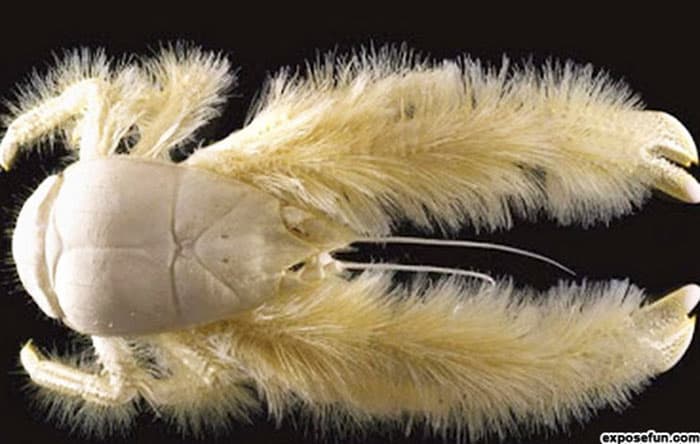
Yeti Crabs are deep-sea crustaceans discovered near hydrothermal vents in the South Pacific Ocean. They are known for their hairy claws, which resemble a yeti’s fur. These crabs inhabit depths of around 7,200 feet. Their claws are covered in bacteria, which they cultivate and eat. This unique adaptation helps them survive in nutrient-poor environments. Yeti Crabs are also known for their blind eyes, as they live in complete darkness.
Black Swallower
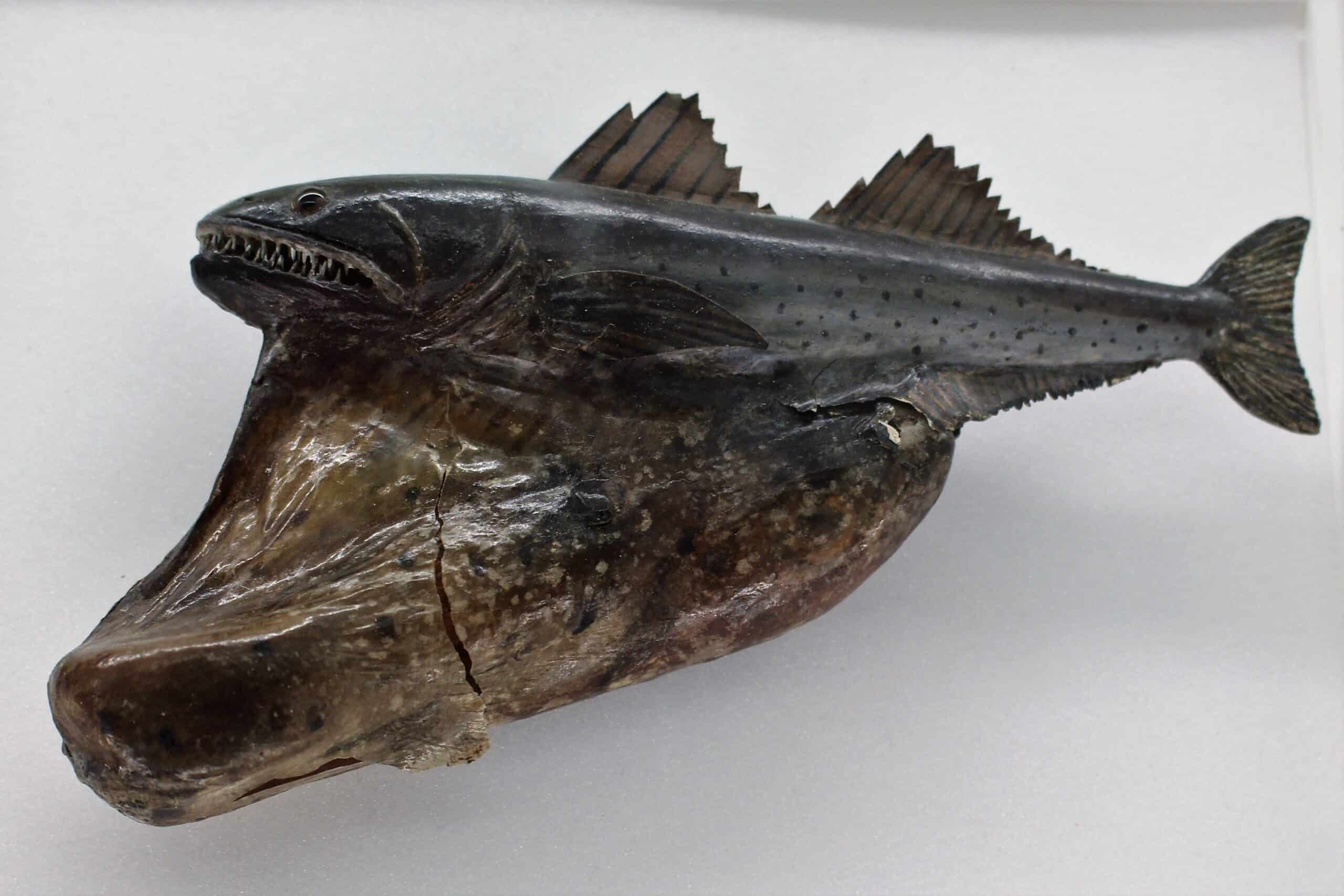
Black Swallowers are deep-sea fish found at depths of up to 10,000 feet. They are known for their ability to swallow prey larger than themselves. These fish have expandable stomachs that allow them to consume large meals. They have a dark, almost black coloration, helping them blend into the deep-sea environment. Black Swallowers have sharp, recurved teeth to hold onto their prey. This adaptation makes them effective predators in the dark ocean depths.
Bigfin Squid
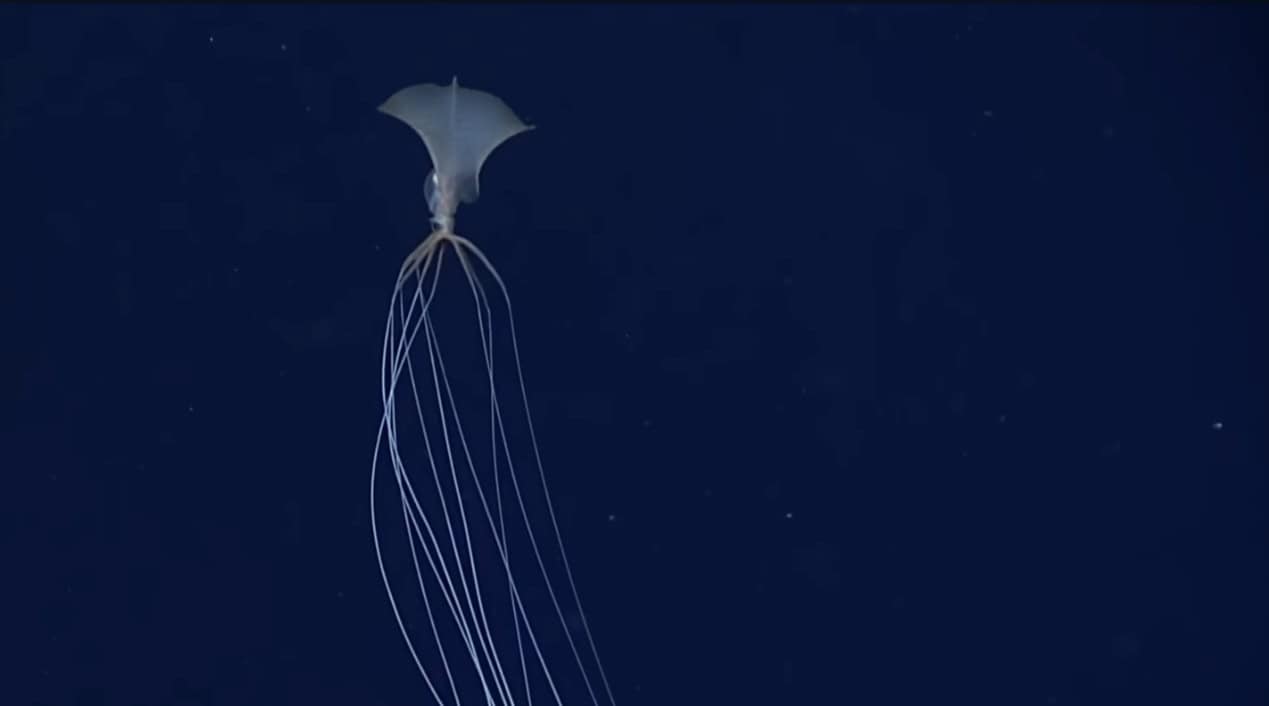
Bigfin Squids are rarely seen, mysterious creatures of the deep sea. They inhabit depths of up to 15,000 feet. These squids have long, thin arms and tentacles, which can be many times their body length. Their unique arm and tentacle structure sets them apart from other squids. Bigfin Squids’ limbs are lined with tiny, sticky pads to capture prey. This adaptation allows them to catch food in the dark ocean depths.
Deep-Sea Hatchetfish
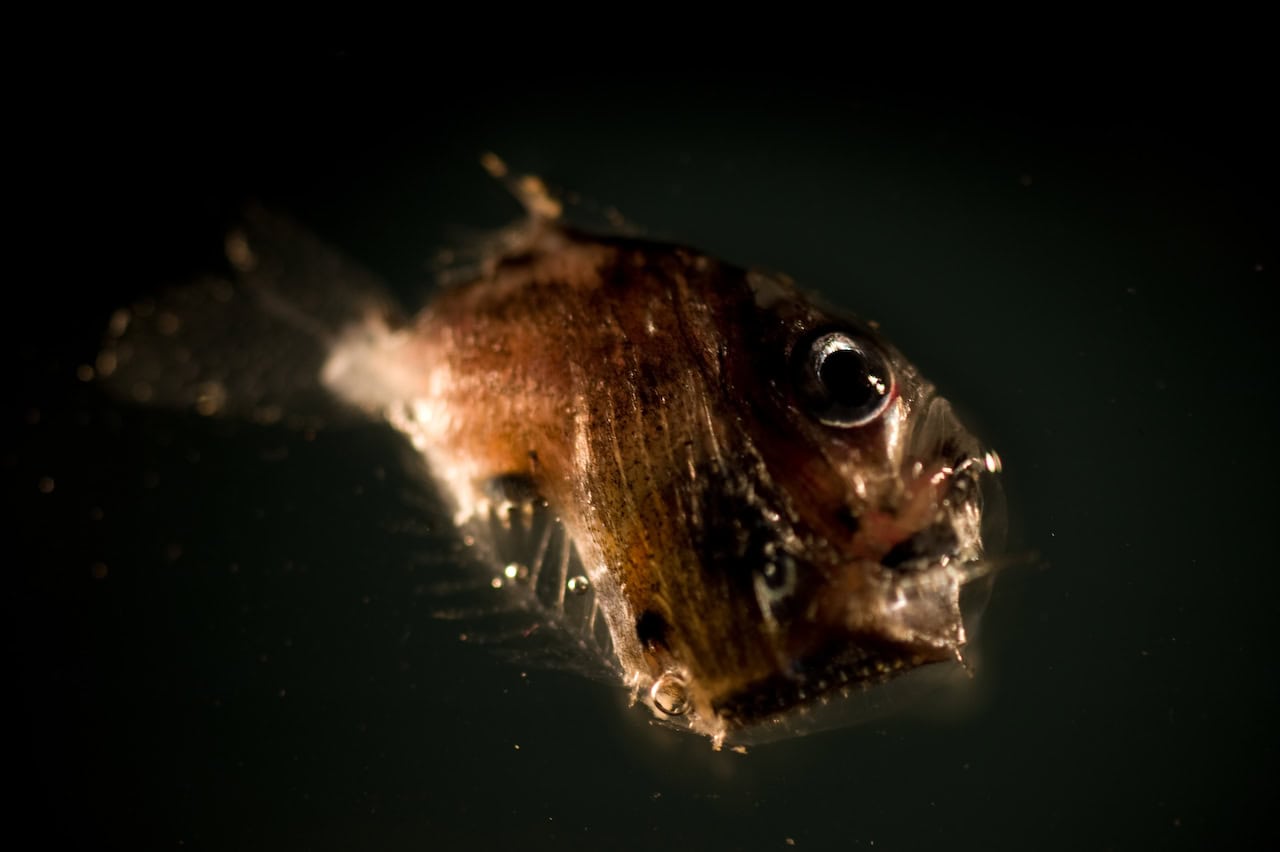
Deep-Sea Hatchetfish are small, bioluminescent fish found at depths of 200 to 4,000 feet. They have laterally compressed bodies resembling a hatchet, hence their name. These fish are widespread, inhabiting tropical and temperate waters. Their bioluminescence is a unique feature used for camouflage. They produce light on their bellies to match the light filtering down from above. This makes them nearly invisible to predators lurking below.
Harp Sponge
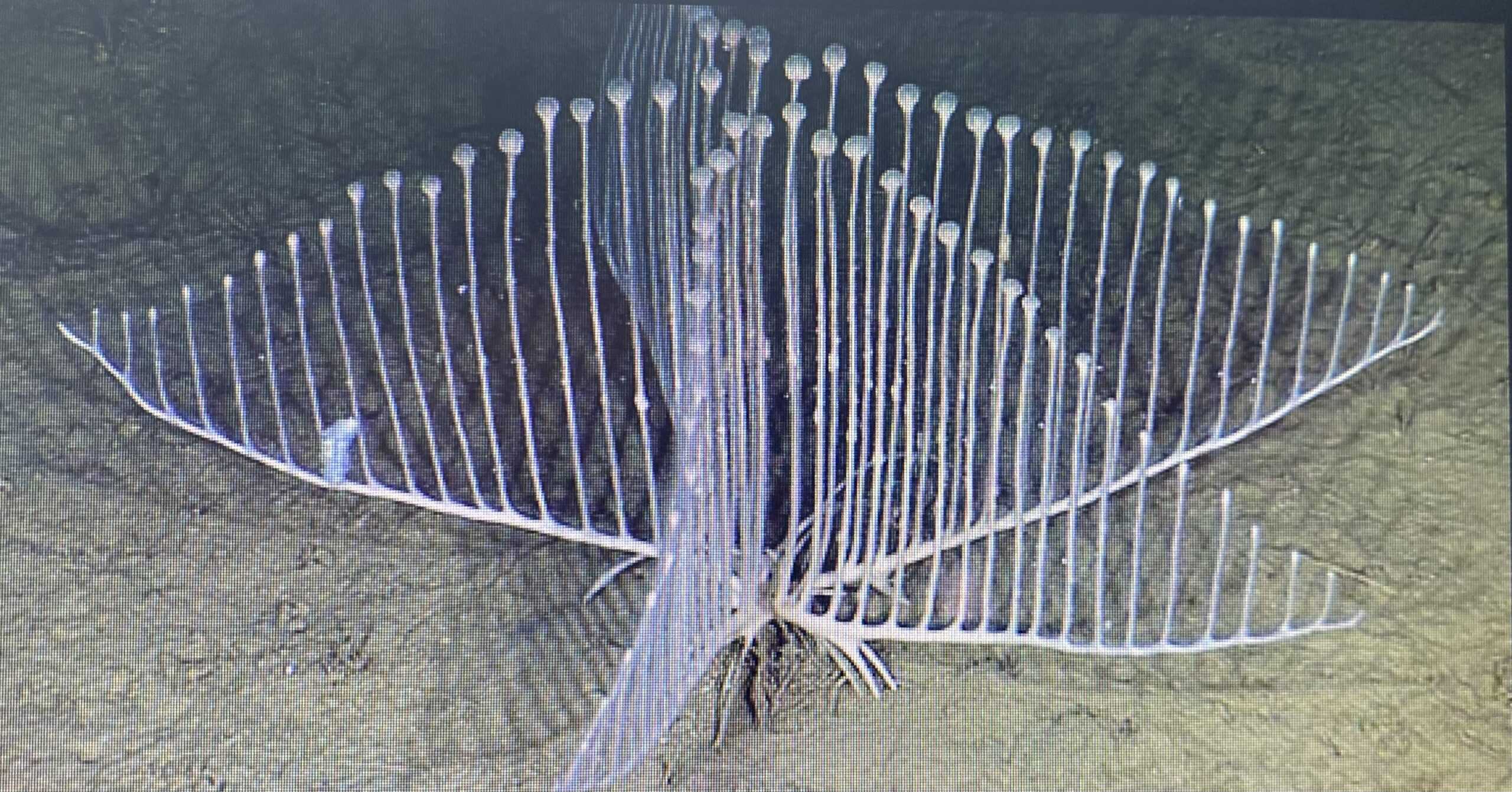
Harp Sponges are unique deep-sea organisms found at depths of 10,800 to 11,500 feet. Discovered off the coast of California, they are known for their harp-like structure. Their vertical branches catch drifting prey in the current. These sponges have a carnivorous diet, unlike most sponges. They trap tiny crustaceans with hook-like structures on their branches. This adaptation allows them to thrive in the nutrient-poor deep-sea environment.
Zombie Worm
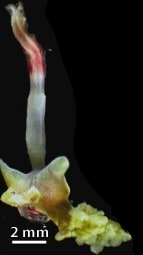
Zombie Worms, also known as Osedax, inhabit deep ocean floors. They were first discovered on whale carcasses. These worms feed on bones, using acid to bore into them and extract nutrients. Their unique adaptation allows them to thrive on dead marine animals. Zombie Worms have no mouth or stomach. Instead, they rely on symbiotic bacteria to digest the fats and oils within the bones.
Nudibranch
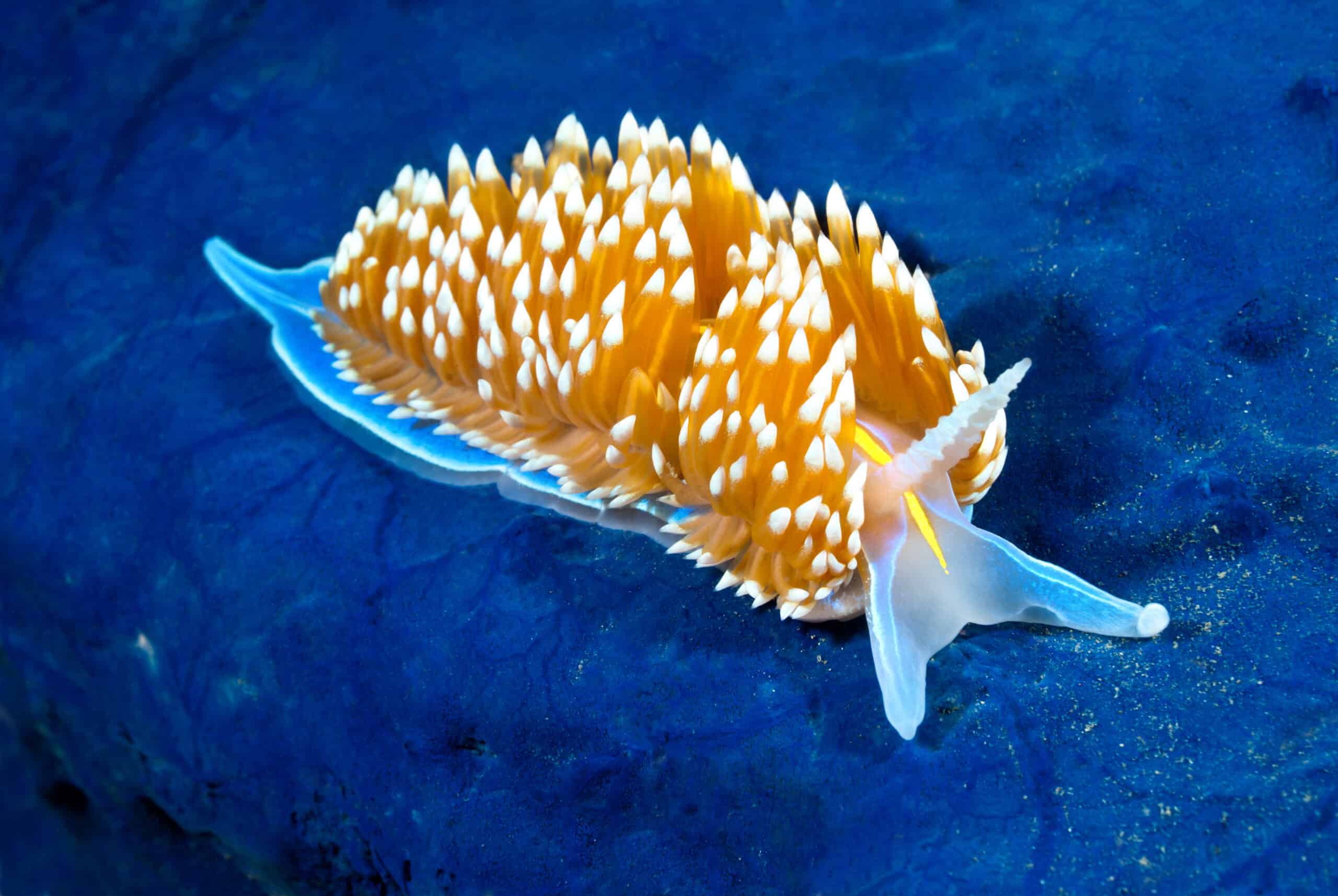
Nudibranchs are soft-bodied, marine gastropod mollusks. They are found in oceans all around the world, from shallow reefs to deep sea environments. Known for their bright and varied colors, these creatures lack a protective shell in their adult form. They have gills on their backs, which is where they get their name, meaning “naked gills.” Nudibranchs are carnivorous, feeding on sponges, anemones, and other small marine organisms. Their vibrant colors serve as a warning to predators about their toxicity.
This article originally appeared on Rarest.org.
More from Rarest.org
1978 Eisenhower Dollar Coin Value Guide

The 1978 Eisenhower dollar is primarily made of 75% copper and 25% nickel with its core made of pure copper but it is covered with a mixture of copper and nickel. Read More.
1966 Lincoln Penny Value Guide

The 1966 Lincoln penny is made of 95% copper and 5% zinc. The same composition is given to Lincoln pennies made from 1909 to 1942 and from 1944 to 1982. Read More.
1977 Jefferson Nickel Value Guide

The 1977 nickels feature the bust of President Jefferson and are composed of 75% copper and 25% nickel. Read More.
